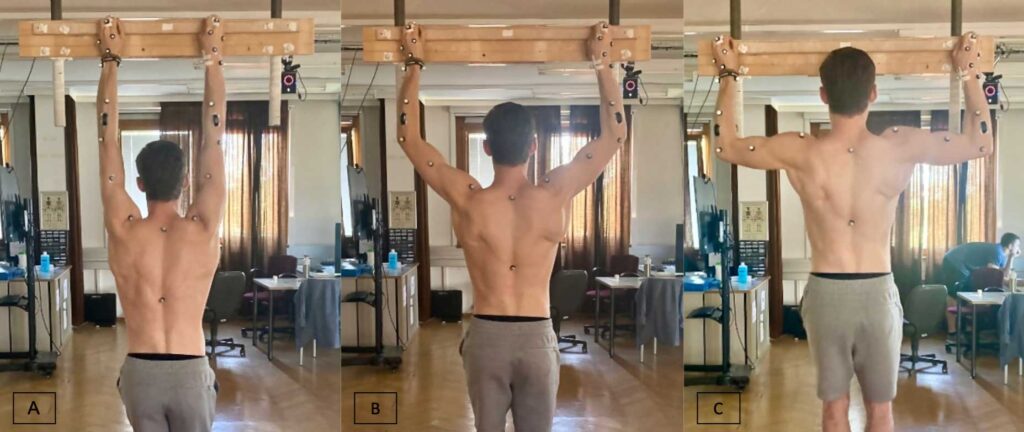
New publication on climbing neuromechanics!
Upper body strength is an important capacity for climbers and one aspect associated with performance is the lock-off ability, which stands for the pulling movements a climber perform with the upper limbs during ascent. Lock-offs are performed across a range of upper-body angles, thus climbers may experience varying degrees of joint loading. In this recently published study, Dr. Exel reports evidence on the muscle activity and joint loading estimations when climbers perform dead hangs on a fingerboard, with and without elbow lock-offs. The results of the study indicate that isometric finger dead hangs with arms fully extended are effective for training forearm force capacities while minimizing stress on the elbow and shoulder joints. If you are interested in details around these results, you can read the paper for free here.

